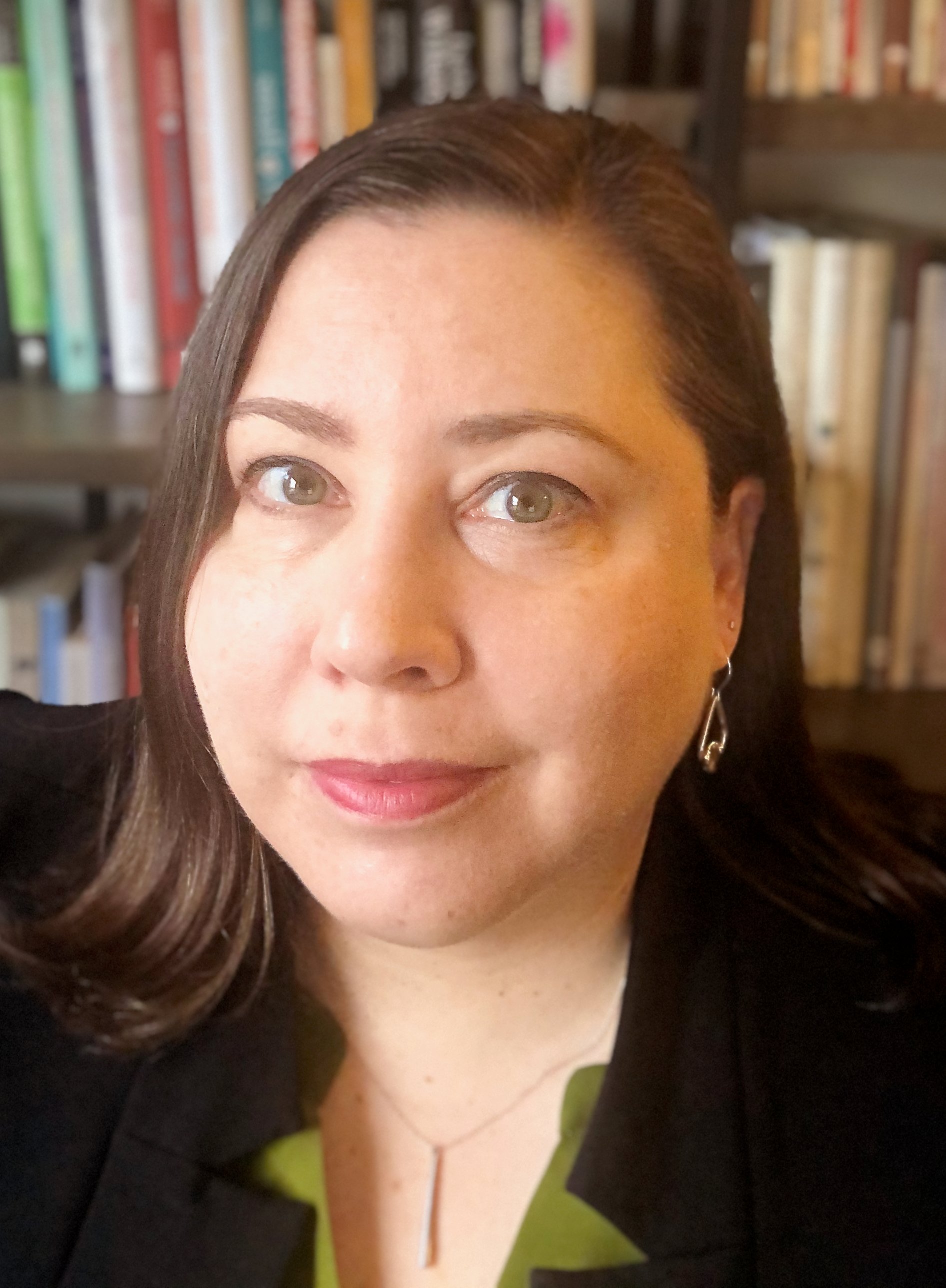You have /5 articles left.
Sign up for a free account or log in.
Cassandra Volpe Horii is an old friend and an internationally recognized leader in higher education. Recently, Cassandra was promoted to assistant vice provost at Caltech. I’m grateful to Cassandra for her willingness to take some time to answer some questions about her new leadership role.
questions about her new leadership role.
Q: Cassandra. Hi. It’s been too long since we spent time together face-to-face. So first, congratulations. Tell us about your new role as assistant vice provost, which as I understand you will be doing while also maintaining your role as the founding director of the Center for Teaching, Learning, and Outreach? What would you say are the big goals and challenges for you in this new leadership role?
A: The first thing I would say is that this new title may appear to be a sudden change, but it’s really part of an ongoing process of transformation -- one that has led to a greater recognition of the importance of education in our mission. Caltech has long focused on research integrated with education; our articulation of what that integration means and what forms it takes has really changed over the past nearly nine years since I joined the institute.
For example, if you look at our most recent accreditation materials, you’ll now find a very purposeful coordination across the many offices and structures that support academics (including support for faculty in their teaching roles, for curriculum and assessment, for teaching assistants, for staff, and for students who are both learning and teaching in many cases) along with co-curricular educational endeavors and forms of support. You’ll also find that educational efforts are a point of pride and are more often talked about as fully co-beneficial with research efforts -- that is, doing both, and doing both well, are becoming institutional hallmarks.
To me, this new role recognizes that the integration I describe goes beyond directing one center. I didn’t just start doing that work, of course, and I’ll continue to do more of it, independent of a title change. At the same time, I hope the role clarifies that it is an important part of what I do, and potentially makes it easier for members of our community, and those beyond Caltech, to reach out when I can be of assistance.
When the change was announced last month, I tweeted something quite honest and not very low-key about my goal to support university educators to recognize every learner interaction as a chance to foster belonging, curiosity and positive educational change, and act accordingly, within a supportive community. Aim high, right? At present, this involves serious and sustained work toward greater equity and inclusion, at the same time as we transition out of the pandemic and back to in-person learning, while building on the helpful and effective practices and technologies we’ve learned to use. I strongly believe that what happens in teaching, formal and informal, is a vital part of the climate and an important context in which to work toward inclusion and equity.
Q: You have long been a national leader in the Center for Teaching and Learning community, including having served as the president of the Professional and Organizational Development (POD) Network in Higher Education. What does it mean for our CTL community to have one of our own promoted to a vice provost role? How do you see the role of CTLs changing at institutions as a result of the pandemic?
A: This past year has brought the sometimes hidden roles of CTLs to the forefront; the superpowers of educational developers are now much better known. Last year, when institutions needed to continue teaching, but in entirely new ways (and do so tomorrow or next week), the working relationships, trust and collaborative guidance grounded in both educational research and disciplinary knowledge that CTLs have long cultivated were essential -- on top of their practical knowledge of how to design courses in a variety of formats and how to help others do so.
I don’t think it’s only as a result of the pandemic, but this intense period may have accelerated a trajectory that has already been underway, in which the work of faculty and future faculty development, curriculum development and assessment, and organizational change are becoming more valued and central. The challenges facing higher education are complex and a systemic view is key; I think CTLs have long applied systemic thinking to their work of improving teaching and learning, since CTL faculty and staff don’t do all the teaching themselves. They have to work with many people, roles, channels and approaches, while keeping those many nudges and changes moving in a coordinated direction. That’s part of the reason why educational developers are involved with efforts like the National Academies Roundtable on Systemic Change in Undergraduate STEM Education, among myriad other local, regional and national projects.
While I think titles like mine acknowledge this work, I also want to complicate the matter and share a reminder that educational developers and others are constantly leading from the middle of the hierarchical structures at colleges and universities, often without much formal authority. The names for roles also vary widely across institutions (sometimes across silos within the same college or university), informed by particular histories and constraints that are not obvious. Whether someone is an instructional consultant or technologist, a program coordinator or manager, an assistant or associate director, a director or executive director, and/or some type of assistant/associate/vice provost/president/chancellor/dean, I hope we in higher education and at CTLs stay focused on that collaborative, equity-oriented, evidence-based, systemic understanding and ability to cultivate positive change that are so important. Let’s get better at naming and recognizing those skills that make such a big difference, across roles and contexts.
Q: Looking ahead to academic life after the pandemic, what do you think will be different? What would you like to see your institution, and our broader postsecondary ecosystem, take away that is positive from our experience in navigating COVID-19?
A: Oh, just a small question to wrap things up neatly? That’s a big one. I can think of dozens of small things that are just not going back -- someday, people will recount pre-pandemic stories of traveling across campus to a building to turn in an assignment and waiting a week to get a piece of paper back with comments, like stories of walking to school both ways uphill in the snow in ancient times.
In addition, I’ve witnessed many cases where the process of designing an online course has brought beautiful, helpful clarity about what really matters for student learning, and how the course supports students through the work they’re asked to do, the feedback they receive and the opportunities to engage with each other toward those key goals. We’ve heard about these through surveys of both faculty and students at Caltech. There are also examples of real empathy and care in teaching that I can’t begin to acknowledge deeply enough. I hope these examples set a new standard for teaching that we can all aspire to.
Maybe we also know more clearly what we’ve missed during these remote teaching and learning times, and the value of it. I hope that when we emerge and can be together in person more regularly, we make absolutely the best possible use of that special environment, and the best possible use of our online tools and technologies.




